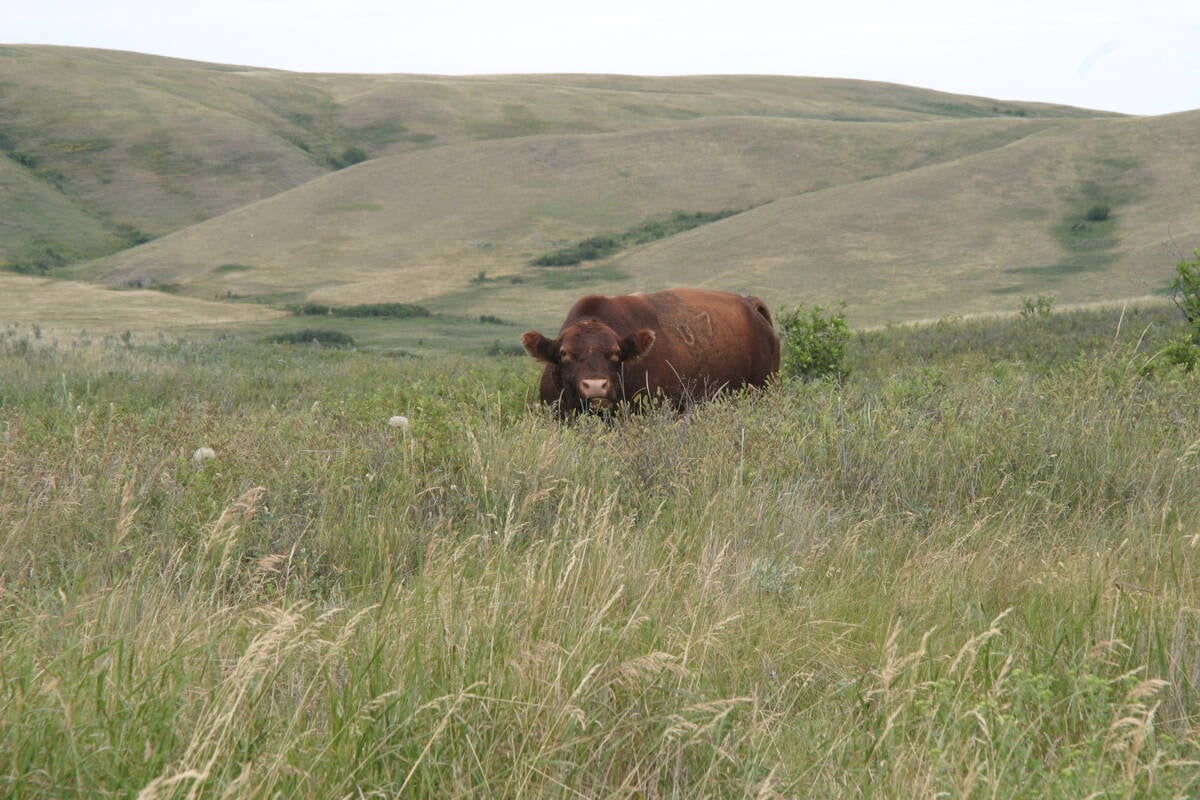The crop has lost key markets such as China and the European Union, with only the U.S. remaining as a significant buyer
Chuck Penner says Canada’s flax growers need to come to grips with a harsh reality.
“As much as it pains me to say this, Canada doesn’t drive the flax market anymore,” said the analyst from LeftField Commodity Research.
Canada produced an estimated 474,000 tonnes of flax in 2022-23.
Russia grew 1.5 million tonnes by comparison and Kazakhstan harvested another 800,000 tonnes on top of that for a Black Sea total of 2.3 million tonnes.
Penner told farmers attending a market outlook session during the annual general meetings of Saskatchewan crop organizations that he has a soft spot in his heart for the oilseed.
Read Also

Saskatchewan puts crown land auction on hold
Auctions of Saskatchewan crown lease land are once again on hold.
A portion of his early career was spent working for United Grain Growers, where he was tasked with promoting Linola, a low linolenic acid cultivar of flax.
That is why it pained him to deliver the grim market outlook for the crop.
“I wish I had better news for flax, I really do, because I’ve always wanted it to work,” he said.
“I’m not writing it off, but it’s going to be a tough slog.”
Canada used to account for a large portion of China’s monthly imports of the crop, but that market has been usurped by Black Sea flax. The same goes for the European Union.
The switch flipped in 2021 when Canadian flax prices soared due to a short crop caused by drought.
Supplies recovered somewhat in 2022, but demand for Canadian flax has not returned.
“They’ve learned that they can make do with Russian or Kazakh flax,” said Penner.
Canadian exports have been well below average for each of the first four months of the 2022-23 campaign. The United States is the only market buying significant volumes of the crop these days.
Total shipments have averaged around 10,000 tonnes per month. Penner said they need to jump to around 30,000 tonnes per month for the rest of the campaign.
The price spread between Canadian flax and Black Sea flax has narrowed in China and the European Union.
He hopes it will soon reach the point where buyers will pull the trigger on some Canadian boatloads of the crop due to the superior quality of Canadian flax.
However, the dilemma is that growers have shut the bin doors at today’s values. The difference between what farmers want for their flax and what buyers are willing to pay used to be 25 to 50 cents per bushel. Today it is measured in dollars per bushel.
“I’m not trying to tell you to lower your expectations and dump everything,” Penner told farmers in the audience.
“But that’s just the reality of trying to make trades into China work.”
Even if Canadian flax starts moving, it will not necessarily result in higher prices because it has to remain competitive with Black Sea supplies.
Penner is concerned about next year’s plantings of the crop. Processors were unable to buy acres last year with “unheard of” $25 per bu. new crop flax bids.
That doesn’t bode well for this year. He hasn’t seen any new crop bids, but they will likely be a fraction of that.
He is forecasting 600,000 acres of Canadian flax. Some in the trade believe that is optimistic.
“This would be the lowest flax acres since the 1950s,” said Penner.
“That is saying something.”
















